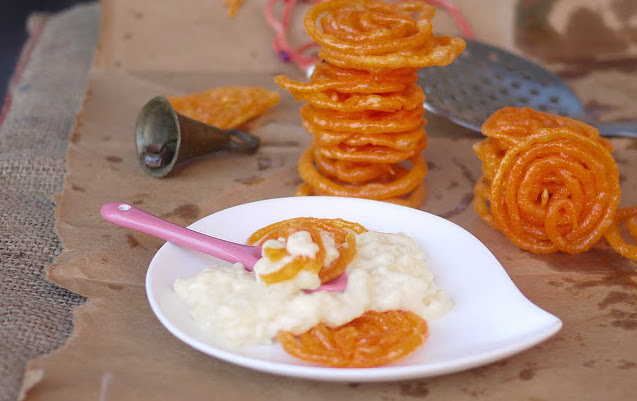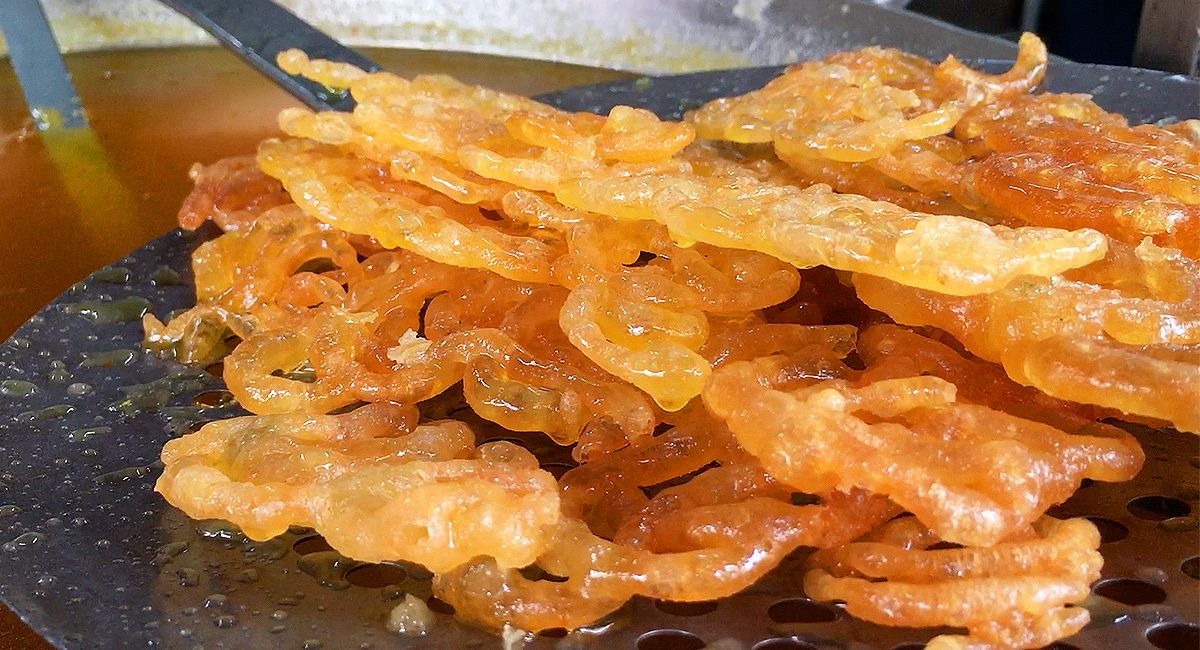Delhi
Dilli Diaries: A Straight History Of The Twisted Jalebi
Winter in the Capital brings along copious amounts of masala chai in clay kulhads, piping hot kachori sabzi, and the quintessential treacle laden jalebi topped with dollops of rabri. But how did the dessert, which is fit to be served at royal courts, become a part of the Dilli-style street food community? We find out in a quick recap of the dessert’s journey across the globe over several continents.
It Doesn’t Happen Only In India
Much like the samosa, the jalebi too can be traced way back into history. A history that doesn’t necessarily stem from India. In fact, nothing about the preparation – except for its name – is Indian at all. It’s okay, we didn’t know that either.
As per historical accounts, jalebi was introduced to the Indian subcontinent by Persian-speaking Turkic invaders during the medieval period (6th – 16th century). And according to Hobson-Jobson, which is a historical dictionary of Anglo-Indian words and terms from the Indian languages that came into use during the British Raj, the Indian word jalebi is derived from the Arabic word zulabiya or the Persian zolbiya.
Fun fact: jalebi was formerly known as ‘Jalavallika’ or ‘Kundalika’.
That said, while the sweet dish is known by a number of different names across South Asia, West Asia, North Africa, and East Africa, it’s preparation is somewhat uniform throughout – by deep-frying maida (all-purpose flour) batter in a spiral shape, which is then soaked in sugar syrup.
Persia To Purani Dilli
Despite being an age-old edible, the jalebi hasn’t undergone much change over the centuries. A manuscript composed in 1450 BC mentions the dish as part of a lavish banquet hosted by a rich businessman. Meanwhile, another work of 1600 BC lists the (then) jalebi’s ingredients, which are identical to the ones used to prepare the modern jalebi.
From the royal banquets of merchants to the paper plates and giant woks in Old Delhi, jalebi has managed to maintain its popularity, form, and flavour. The combination of a crunchy fried batter doused in sweet sugar syrup flavoured with a hint of saffron is hard to decline. And honestly, Delhi was probably sold at the idea of consuming a dessert hot from the halwai’s kadhai.






















